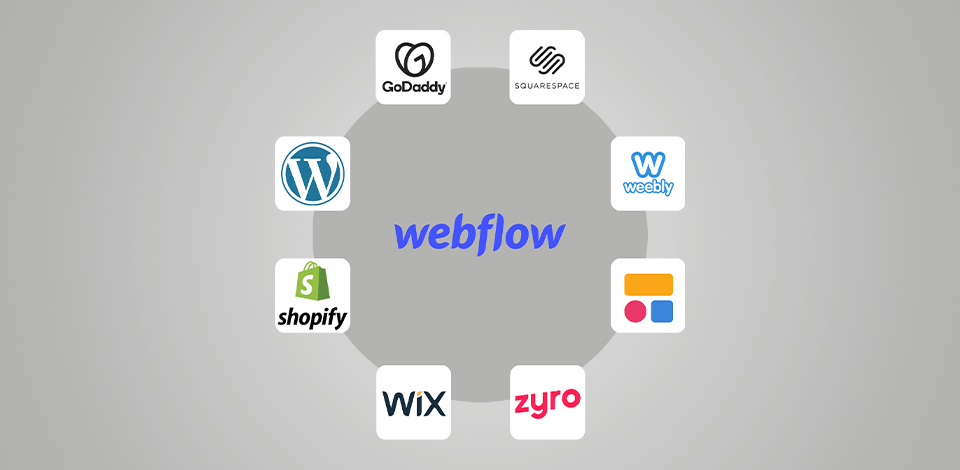
Webflow is undeniably a modern CMS with many powerful and adjustable design tools but not all users are experienced enough to get the most out of such advanced features.
This is probably the main reason that makes people look for programs similar to Webflow. Moreover, some users claim they can’t afford to pay a hefty sum for the software, so they are searching for a more affordable website builder.
We have studied multiple tools and selected the best Webflow alternatives in terms of usability and cost. Below, you can read about intuitive programs that don’t cost a fortune yet allow you to build great personalized designs.
Verdict: WordPress is a reasonably-priced Webflow alternative with lots of features for website design and customization. Users can insert blocks for every paragraph, add photos and videos, audio, lists, and whatnot.
The range of creative assets is amazing. You can choose from 8000+ free themes, including eCommerce templates, WordPress photography themes, and more. Every theme has a stylesheet and basic template files.
WordPress is free and open-source. That’s why it is a go-to variant for users scared off by Webflow cost. However, you still need to pay for hosting and extras. The smallest fee is $9.5/month.
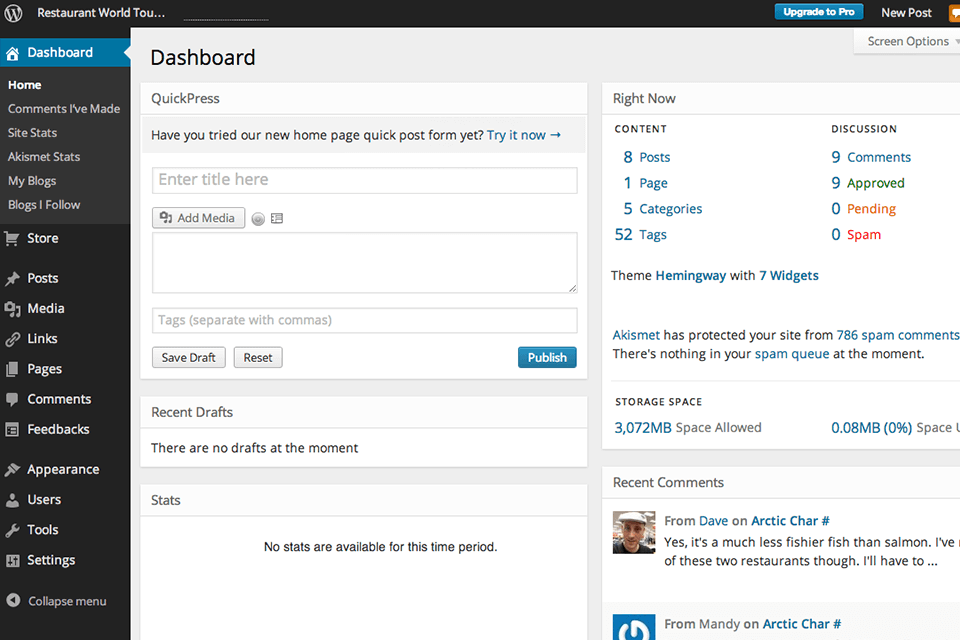
Verdict: Choosing Wix for work, you will have access to over 500 pro-grade templates for website creation. Finding a suitable template is easy since all options are divided into 5 thematic categories. The highlight of this Webflow alternative is flawless support for different media.
This web design software expedites the whole website design process. Besides, all stages are more intuitive here if compared with Webflow.
If you are just starting out with site creation, you will surely appreciate the availability of ADI-generated questionnaires to understand the process step by step. As for pricing, you can choose from 7 plans to use Wix. The lowest cost is $ 8.5 per month.
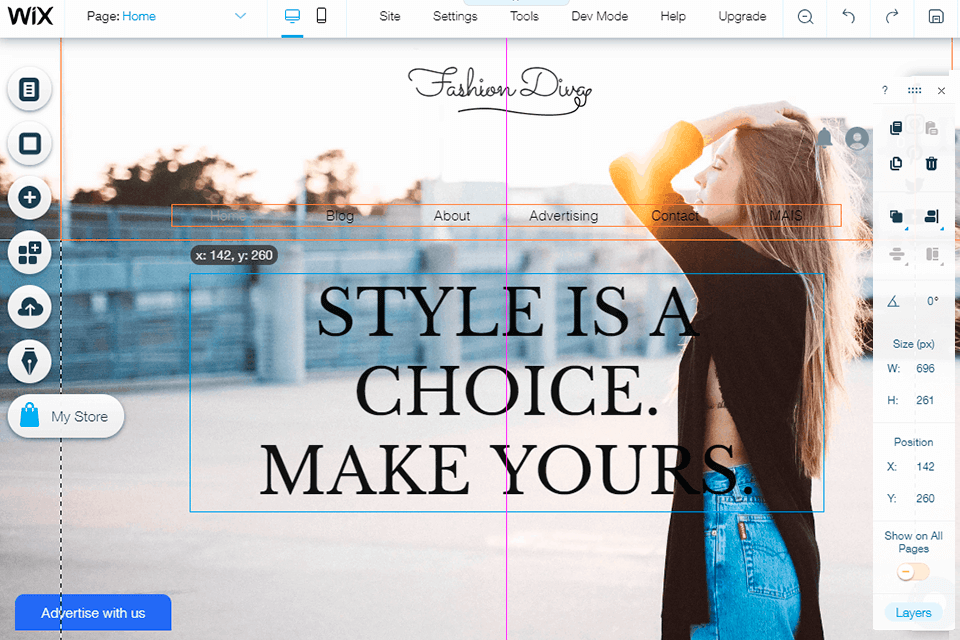
Verdict: Shopify is absolutely the best Webflow alternative if you want to make a trading platform with all major categories.
With this service, you can use over 100 payment gateways, add a sleek storefront and abandoned cart recovery to your site, have full control over inventory, embed a profound search function into your web store, perform detailed analytics and reporting, as well as generate automatic taxes and choose proper shipping rates.
Compared to Webflow, this eCommerce website builder has more templates for creating a site in a quicker way. Besides, the entire workflow is more understandable. The range of selling options is fantastic here but you need to pay $32+ to use them. Frankly speaking, this is rather expensive.
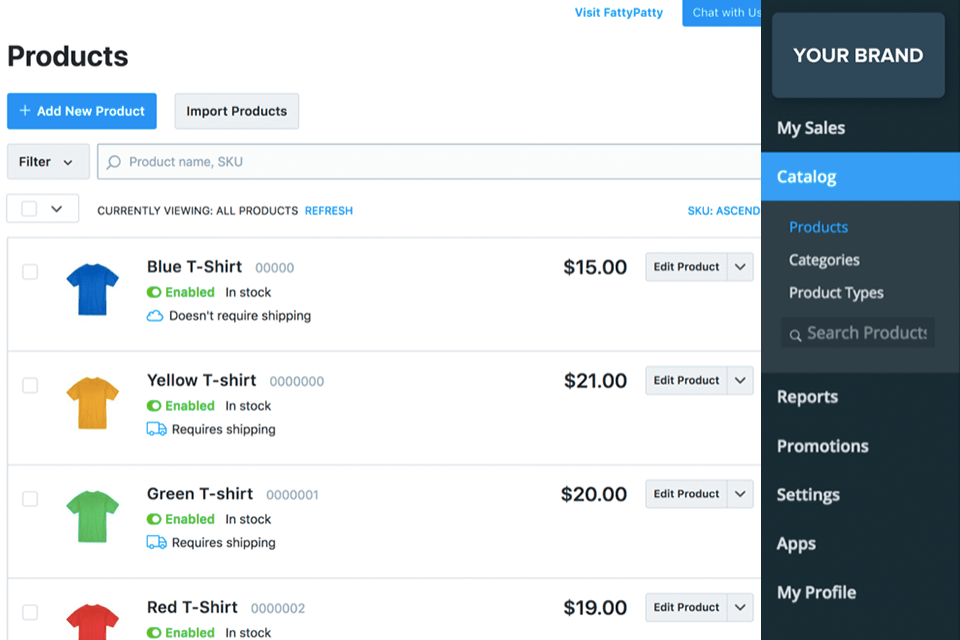
Verdict: Hostinger is a good replacement for Webflow, and it hits equally well with an intuitive website builder powered by AI. Much is attributed to the built-in AI-driven tools; these tools, be it image generators, writers, or logo makers, do contribute to saving time in website creation.
Talking from my own experience using Hostinger, I can say that their AI-based website builder is impressively efficient. In fact, it did rather well in terms of making the whole process of website building a bit simple, relieving me of the trouble of dealing with technical stuff.
This provides 24/7 support and the availability of a response in case of any questions or problems arising when working with the website, which provides a better experience in website creation.
Not to mention, with prices as low as $2.99 per month, Hostinger is an account for a web host.
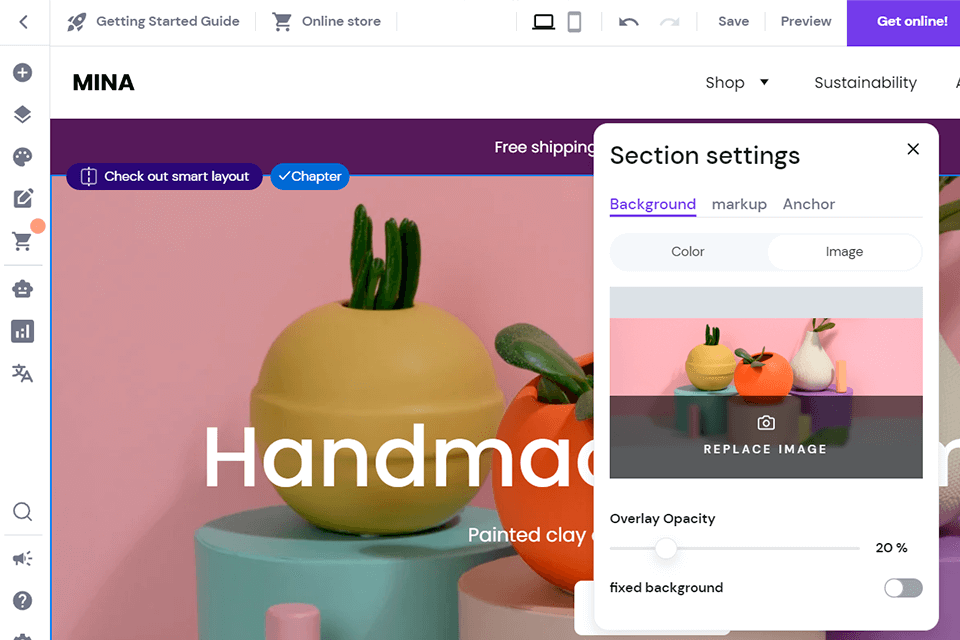
Verdict: I’ve been using Pixpa for a few months to establish a professional portfolio and client gallery setup. It was a breath of fresh air to get up and going as a Webflow substitute without needing to work with code.
The templates were already visually robust, and I could work with colors, fonts, and layouts with their drag-and-drop editor easily.
What was a real selling point to me was integration with e-commerce and proofing galleries, so I did not have to use a separate platform. I’ve attempted to use Wix and Squarespace, but Pixpa felt more specifically tailored to artists and photographers.
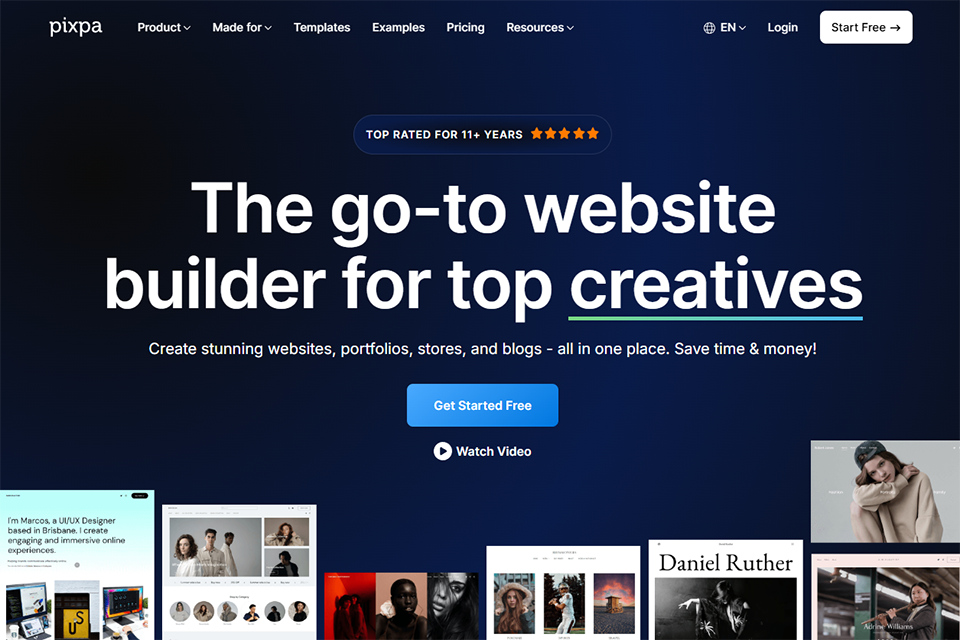
Verdict: If you don’t want to pay a tidy sum for a website builder without compromising the quality and variety of features, you should have a closer look at Squarespace.
In addition to standard functions, it can also work as website hosting for photographers, providing users with unlimited storage space. The set of included tools is sufficient for keeping discoverability on point.
Both Webflow and Squarespace have very extensive collections of templates. However, the former offers paid templates, while its alternative features absolutely free options. However, if you are planning to sell products and services, you need to purchase some extras for $23 per month.
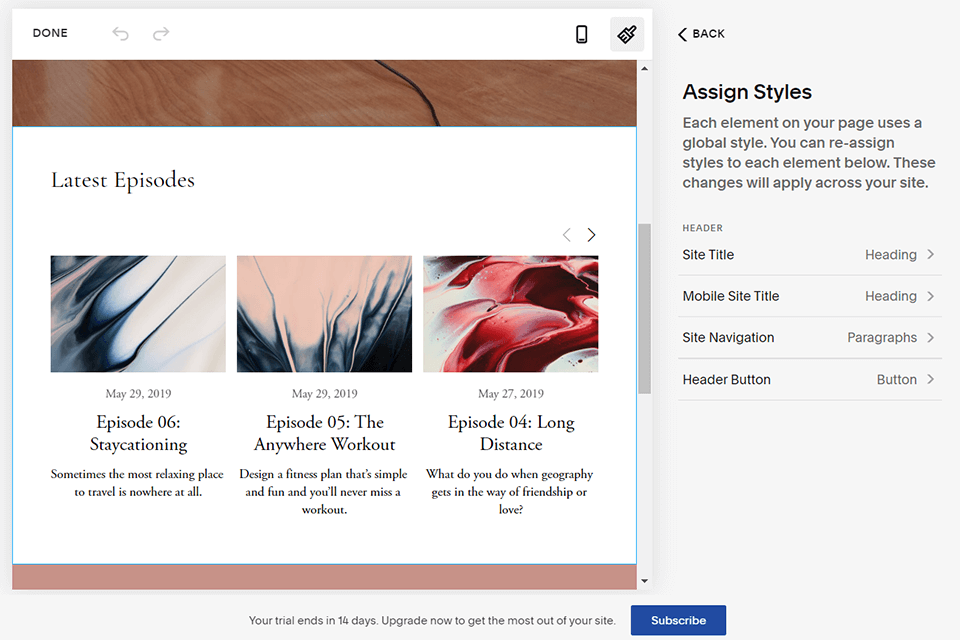
Verdict: The developer worked hard to create top-notch tools for website building, hosting, search ranking optimization, and email sending. Evaluating the efficiency of GoDaddy, we can say confidently that they achieved the desired result.
Making a website with this Webflow alternative is a breeze. You can answer several questions and see what templates meet your needs most of all. After that, you can get down to tweaking the chosen template and launching your website.
The main different between Webflow and GoDaddy is pricing. While Webflow is rather expensive, this replacement costs just $1.99/month.
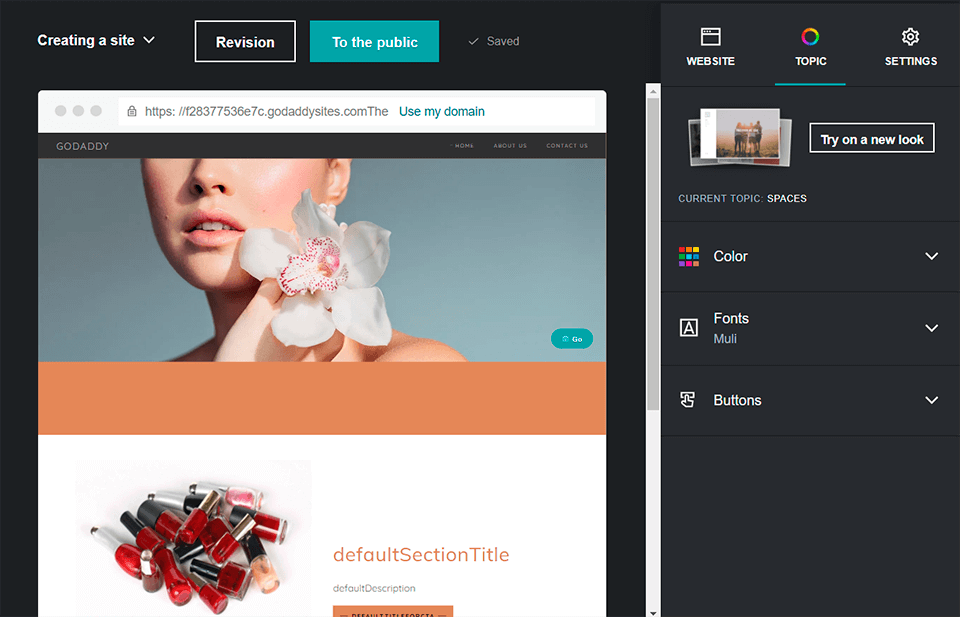
Verdict: Those who want to make modern and functional eCommerce platforms will find all the needed tools here. For instance, you can use instruments for site analysis, content management, and more.
Thanks to a drag & drop editor, you can quickly modify a template you like and create an online store or a website that will strike a chord with a potential audience. However, the biggest advantage of this program is its optimization for mobile devices.
If you are OK with basic functionality, you can use Weebly for free. But, if you need more advanced features, you have to pay $10 per month.
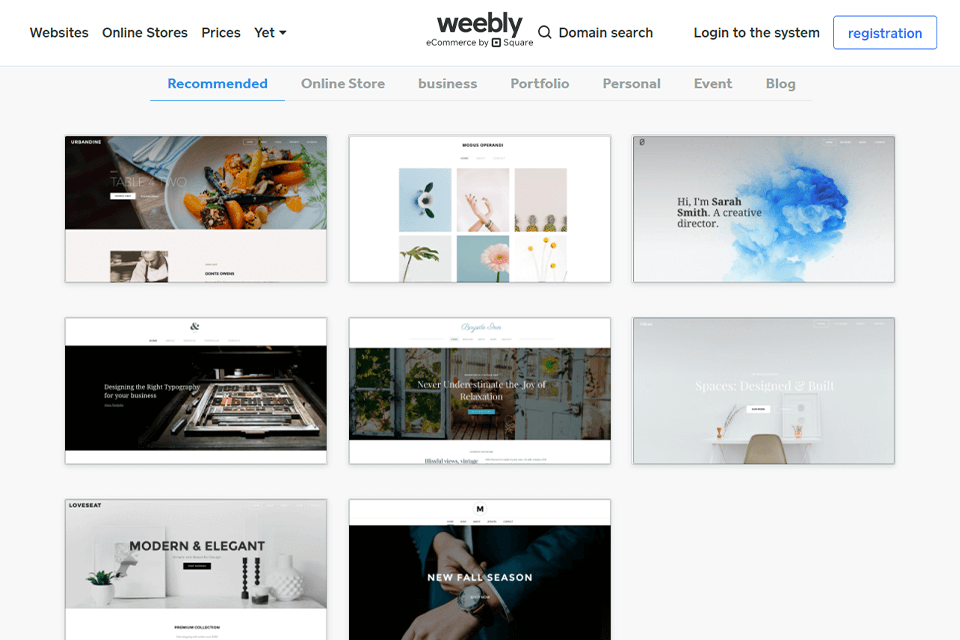
Verdict: This is a user-friendly Webflow alternative that allows you to create a functional website without delving into coding. It comes with custom domains, a huge collection of templates, and other features typically available in CRM software, so you can build a site, landing pages, and client portals extremely quickly.
When using Webflow, you have to integrate third-party tools and different payment systems to make membership websites and marketplaces. With Softr everything is much simpler. You receive membership functions flat out. The software is free if you want just basic tools and costs $49/month if you need advanced functionality.
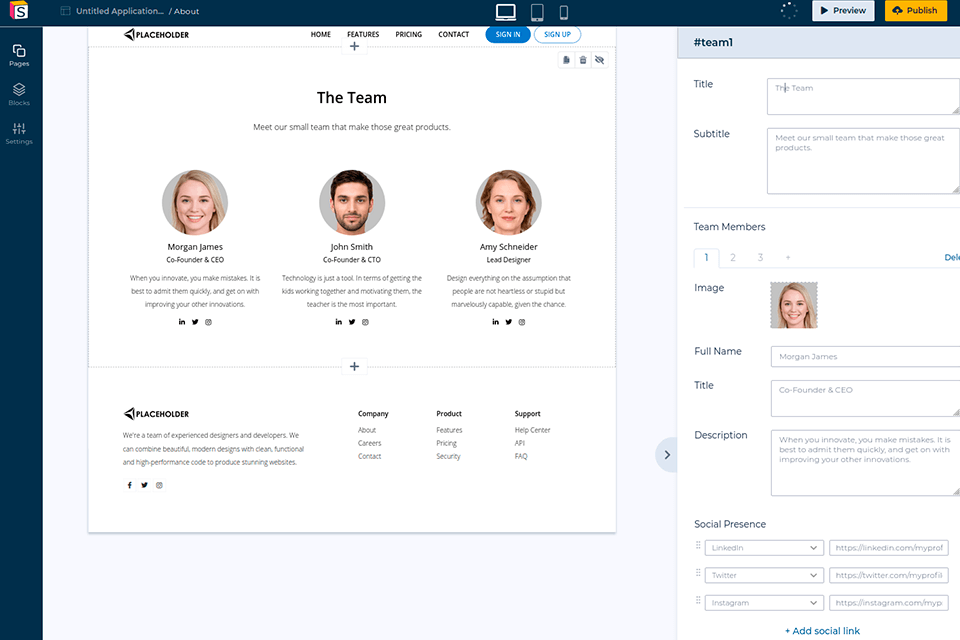
Webflow is a popular website builder aimed at web designers. Even if you haven’t previously used code editors, you can still master this software. However, the process is bound to be long and may become totally excruciating for total novices.
With this in mind, some people are looking for Webflow alternatives, namely those that are more intuitive to use and cost less.
WordPress sticks out from the crowd with a huge variety of free designs. Besides, it has a straightforward UI and doesn’t cost insanely much. People with a developer background will definitely like the possibility to modify a source code and expand the default functionality.